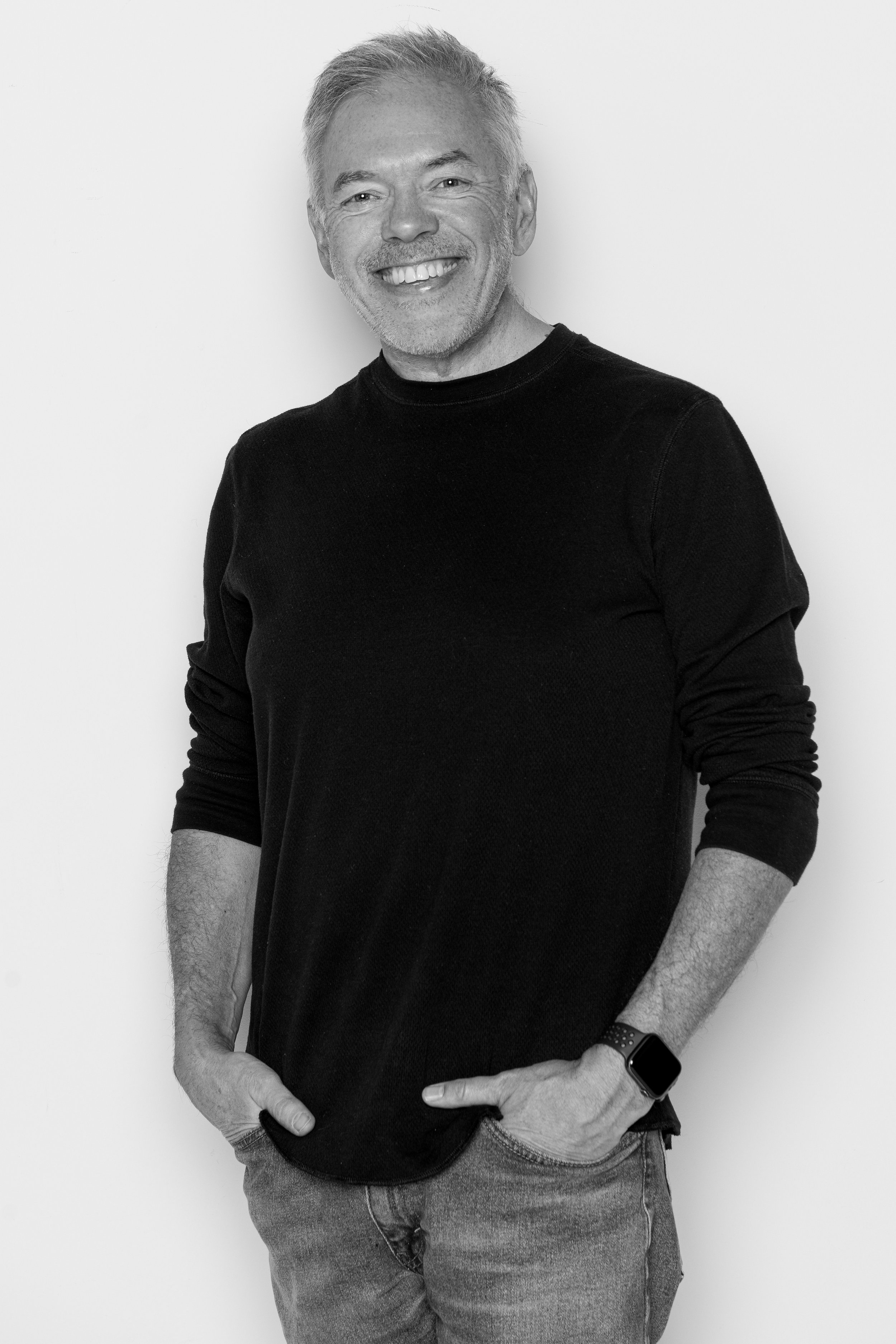I believe a successful photoshoot has 3 primary phases:
Preparation
Photoshoot
Post processing
There is additional work involved in a non-casual photoshoot like setup, delivering promised images, etc., etc. but they can fit under these phases. In my opinion none of these phases are more important than the other unless you are just shooting for fun.
I want to talk about Preparation on this post. Let’s talk about some things you can do to make this phase easier, and as a model / makeup artist / stylist you can do to help.
For those of you that might think “I’m a creative I’m no good at business”. Or, “I can’t let all the preparation affect my creativity. I just want to let it flow.” OK, just stop. I understand but don’t fully agree. Unless you are just shooting for fun you owe it to your client and others on the team to do a bit of prep work. It’s not that hard.
A few recommendations IF YOU ARE ORGANIZING THE PHOTOSHOOT:
Unless it’s a client or another creative person originating the concept of the shoot, it’s important to determine the theme or concept of the photoshoot. What are you trying to accomplish? Are you doing an editorial vibe, commercial, lifestyle, implied, etc. What does your client want / expect if they are hiring you? Many of the subsequent decisions are based on this.
Once you have a concept in mind create a mood board. This isn’t critical but it helps everyone on the creative team or simply your model / subject know what you hope to accomplish. Lots of smiles, specific clothing, what is the makeup style. Your mood board sets the tone.
Schedule the team, date & time. This often takes the most time in my experience. Coordinating schedules can be frustrating and challenging unless everyone follows up promptly and effectively. It’s important in my book to followup effectively yourself. If you’ve asked 2-3 makeup artists to check rates and see who might be available then after you select one, followup with the others to say thanks. Once you have everyone locked down I recommend you followup with a confirming message. Also, I sequence the team in the following order based on the mood board: a) makeup artist, b) hair stylist, c) fashion stylist (if one is used), & lastly d) the model / models.
Create and send a call sheet. The call sheet confirms all the important details. Ask everyone to confirm the call sheet. I send the mood board with the call sheet.
Unless the shoot is just around the corner I recommend you reconfirm with everyone a few days before the photoshoot. I’ve had occasions where a shoot is organized but one of the team members forgot to make it on their calendar (or they don’t use a calendar) and they didn’t show. After that I’ve always try to reconfirm time & date a few days before the shoot.
Honestly, that’s about it. I always try to get everyone’s cell phone number when setting things up so I can text or call if anything changes at the last minute or I need to reach out on the shoot day. This is especially important if most of your communications have taken place through DM’s or email.
Sounds easy, and trust me, after you’ve done it a few times it is. If you are lucky (or this is a reasonable sized business for you) then you may have an assistant, business manager or intern do this work for you. However, I don’t so I do this for every shoot even if it’s a test shoot myself.
How can others on the team help? Here are what others involved in a photoshoot can do to help:
Respond to requests & followup quickly. Don’t ghost people. It’s unprofessional.
Quote your rates if requested. If the photographer says “this is my budget” then quickly let them know if that works.
If it’s a TFP request or you are the one asking to collaborate, be VERY clear if you are willing to work TFP or that you are looking for a TFP shoot. Don’t leave it until the shoot day that you expected to be paid, but the photographer thought it was TFP….or the other way around.
Review the call sheet and mood board in advance.
If your schedule changes then provide as much notice as possible. Last minute issues happen, but that’s the exception versus the rule.
Basic stuff, but like they say “if you can’t do the basics then you can’t be expected to do the hard stuff”.

